
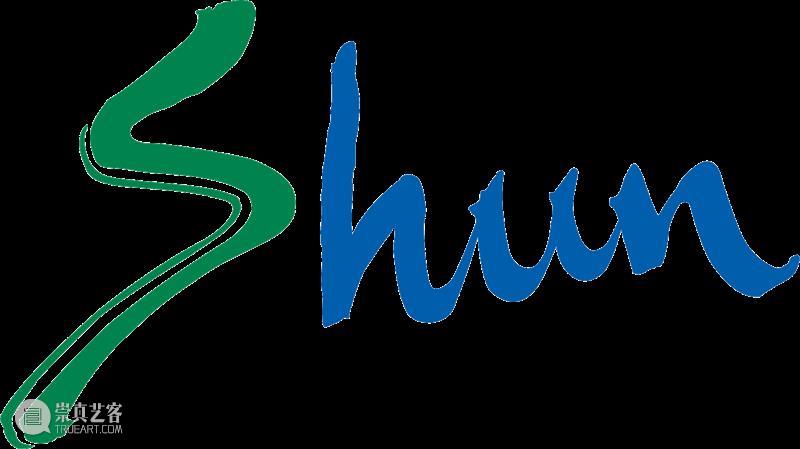
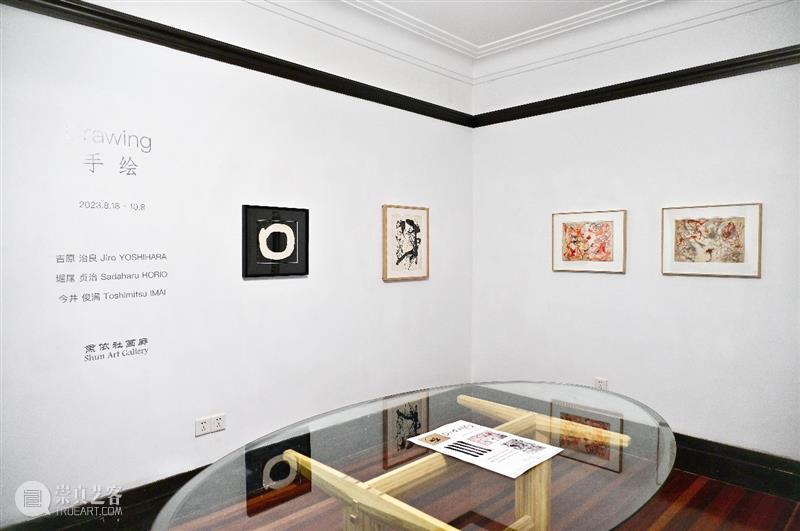
Shun Art Gallery · Shanghai
熏依社画廊·上海空间荣幸宣布为吉原志良、堀尾贞治、今井俊满举办群展《手绘》,展览呈现了吉原志良在1955-1965期间创作的纸上钢笔作品与他60年代开始的“円相”作品,以及堀尾贞治2013年的纸上创作,和今井俊满1958年的丙烯作品。
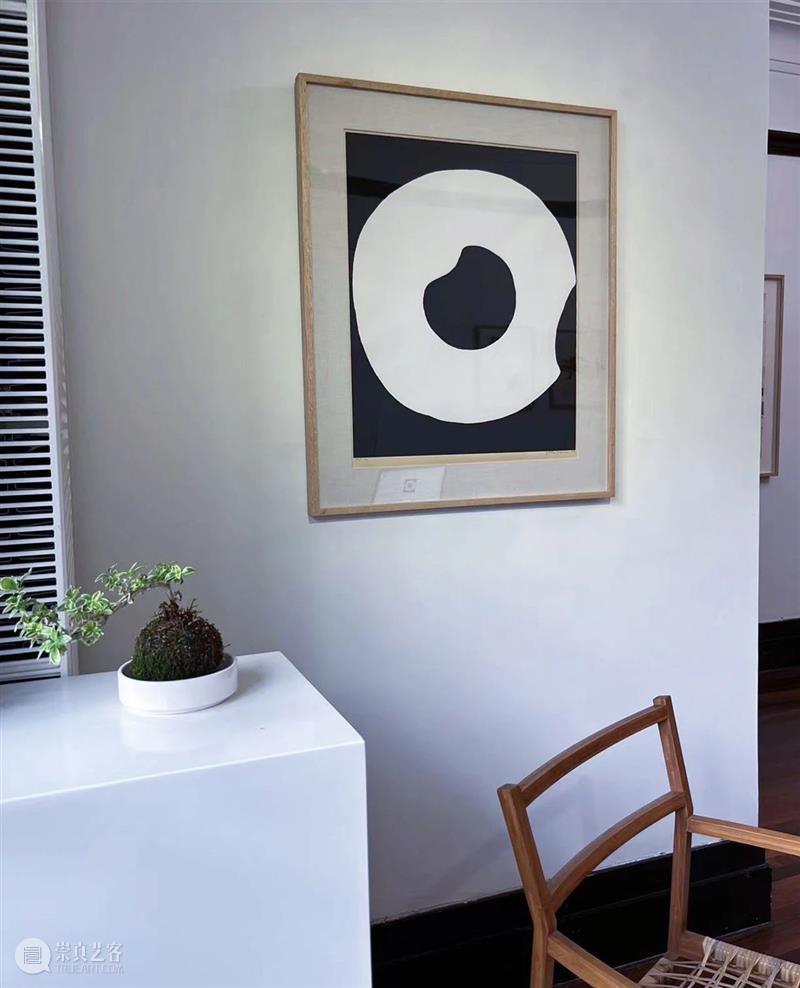
本次展览是一次有趣的回溯式探索。二战后,四、五十年代,美国抽象表现主义艺术家选择以行动绘画与色域绘画表达自我,与此同时,一群不同国籍的艺术家在欧洲另辟蹊径,发掘出不定形的“另一种”抽象语言。法国艺评家米榭·塔皮耶(Michel Tapié)在1951年提炼出了「Art Informel 不定形艺术」的概念:以无拘无束的手势抽象(gestural abstraction)探索色彩、肌理、线条和动势。当时居住在法国的今井俊滿便是「不定形艺术」的成员之一。今井回国后,将这个理念带到日本,在50、60年代的日本艺术界引发了火热反响。展览中,今井的作品创作于1958年,他使用鲜明的色彩和爆发性的笔触描绘当下的情感,虽然作品渗透着澎湃的情感,但是构图依然保持克制。显然,除了欧洲的抽象艺术,日式的审美也在潜移默化地影响了艺术家。
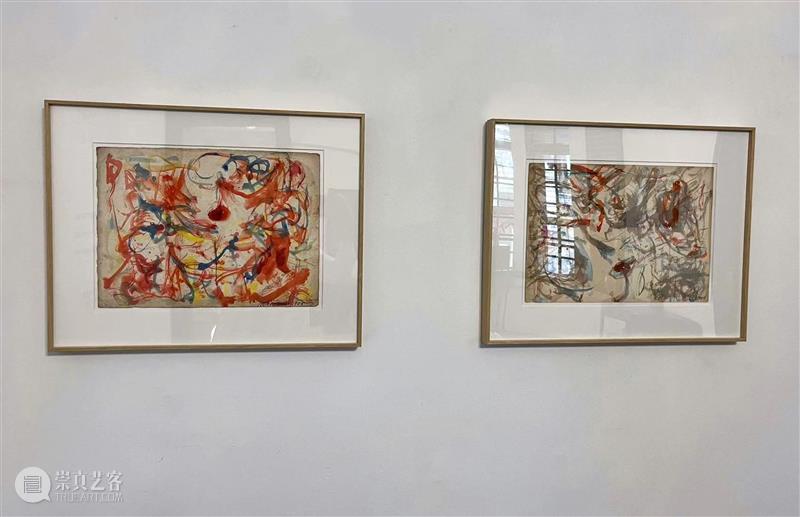

今井 俊满 Toshimitsu IMAI
無題 Untitled No.2
纸面丙烯 Acrylic on Paper
27×38cm, 1958
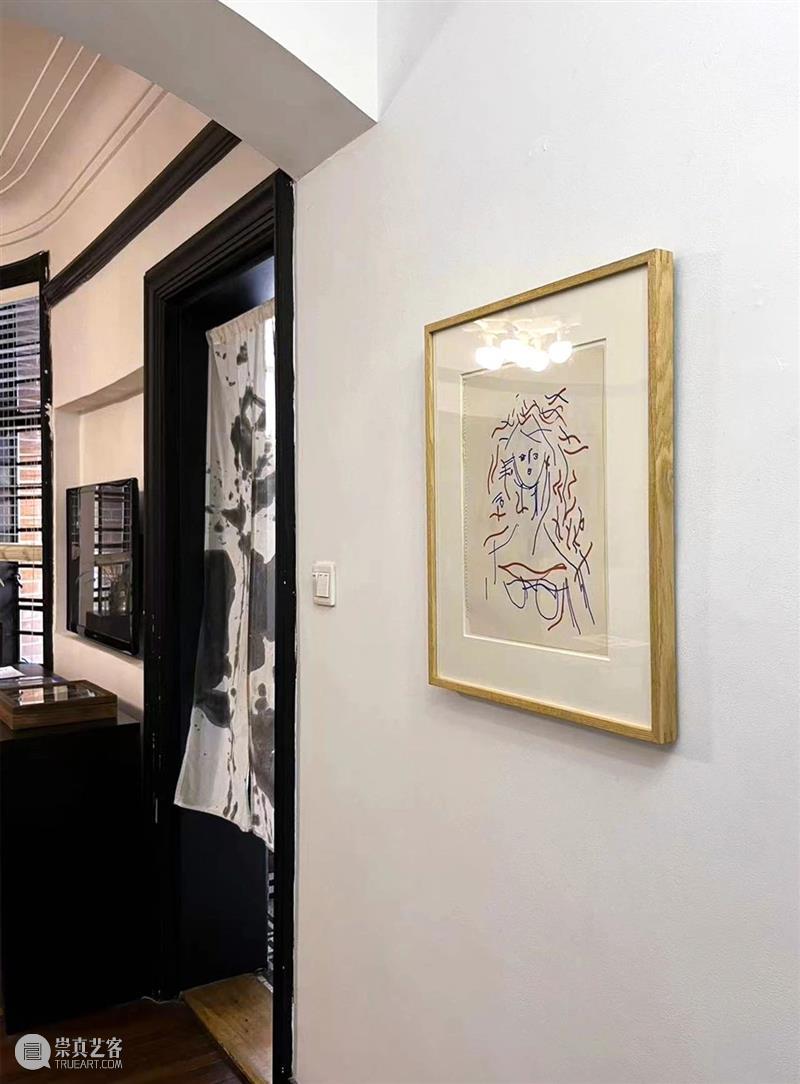
同一时期,1954年,在日本关西,吉原志良创立了日本战后最具影响力的前卫艺术团体「Gutai具体派」,吉原在《具体艺术宣言》里称:“以身体为媒介...自由的精神和物质(材料)相互碰撞,并保持距离”。吉原把《宣言》寄给了艺评家米榭·塔皮耶,促成了塔皮耶1957年的访日交流,成为艺术史上的一段美谈。在吉原1955-1965期间创作的纸上钢笔作品中,我们可以看到当时抽象绘画提倡的即时性、无意识地自动挥洒,同时,东方书法精神性的力量也孕育其中。

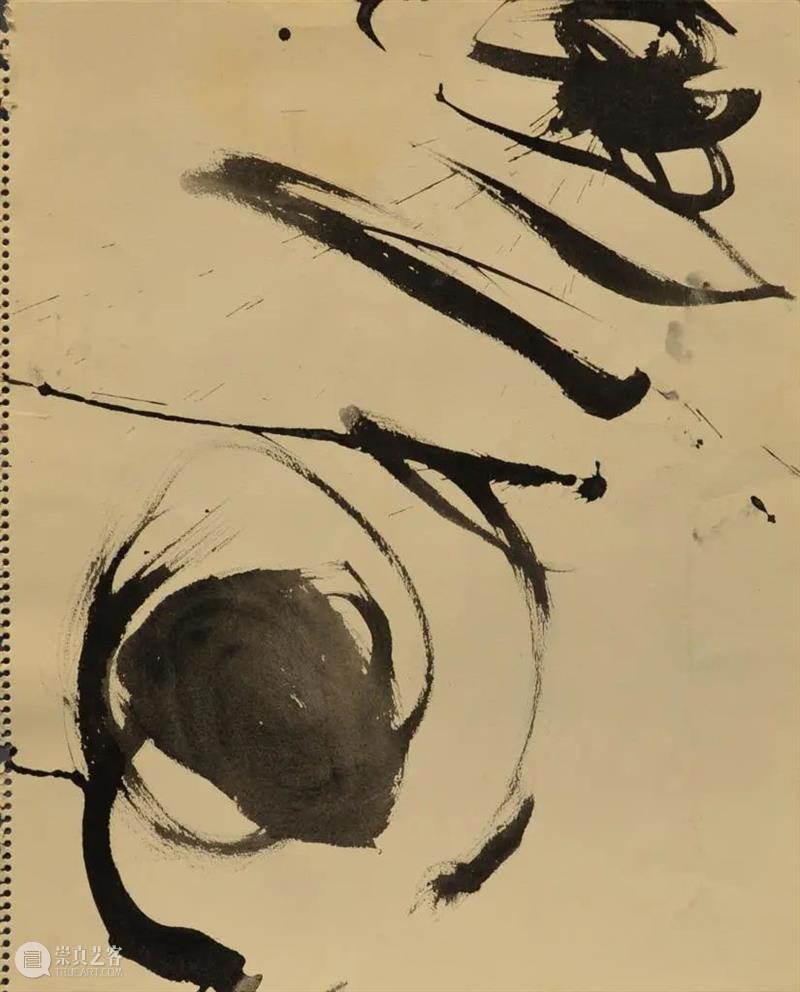 吉原 治良 Jiro YOSHIHARA
吉原 治良 Jiro YOSHIHARA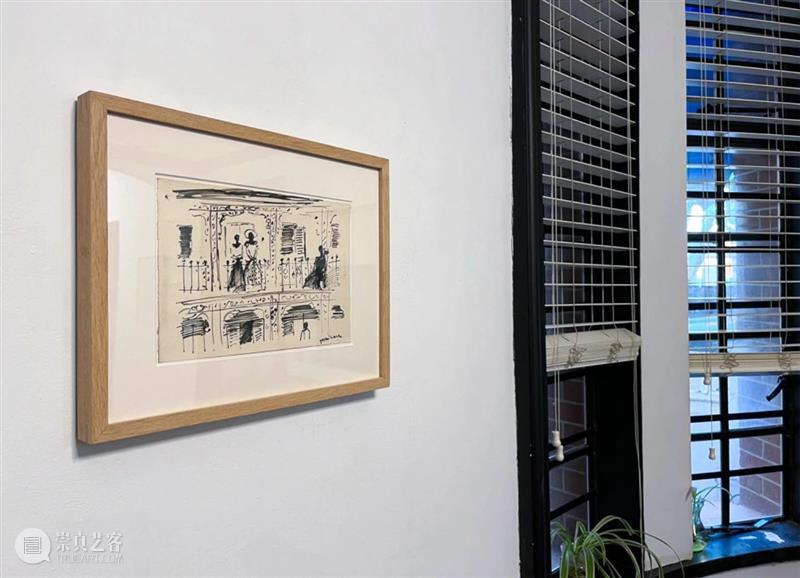
60年代起,吉原开始“円相”的创作,他认为“円相”不是东方主义艺术,虽然他最初的探究对象可能部分是日本(东方)的,但他的创作始终超越东西方之间的传统二分法,保持了艺术家的真诚。在更宏观的层面上,他超越了手势抽象的尝试与当代艺术中“极简主义”和“冷抽象”的全球趋势形成鲜明对比。
Since the 1960s, Yoshihara began to create "Enso", he believes that "Enso" is not an oriental art, and although his initial research objects may be partly Japanese (oriental), his creations have always surpassed the gap between the East and the West, maintain the sincerity of the artist. On a more macro level, his attempts to go beyond gestural abstraction stand in stark contrast to the global trends of "minimalism" and "cold abstraction" in contemporary art.
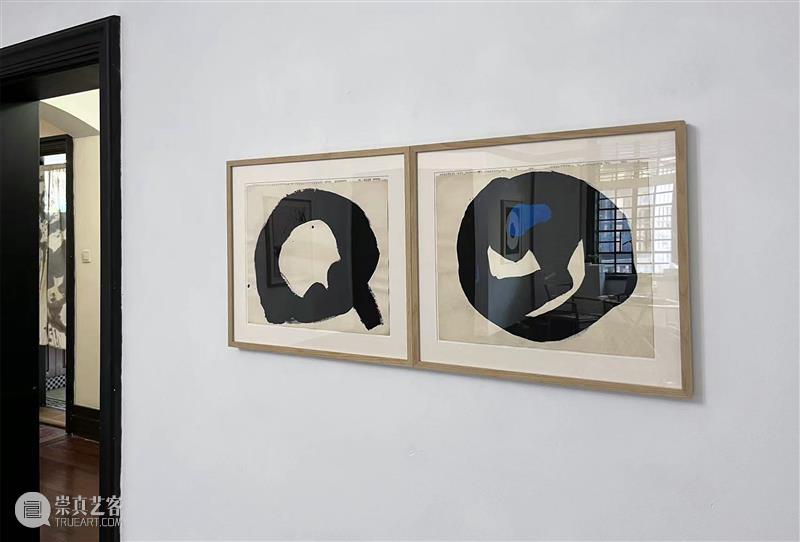
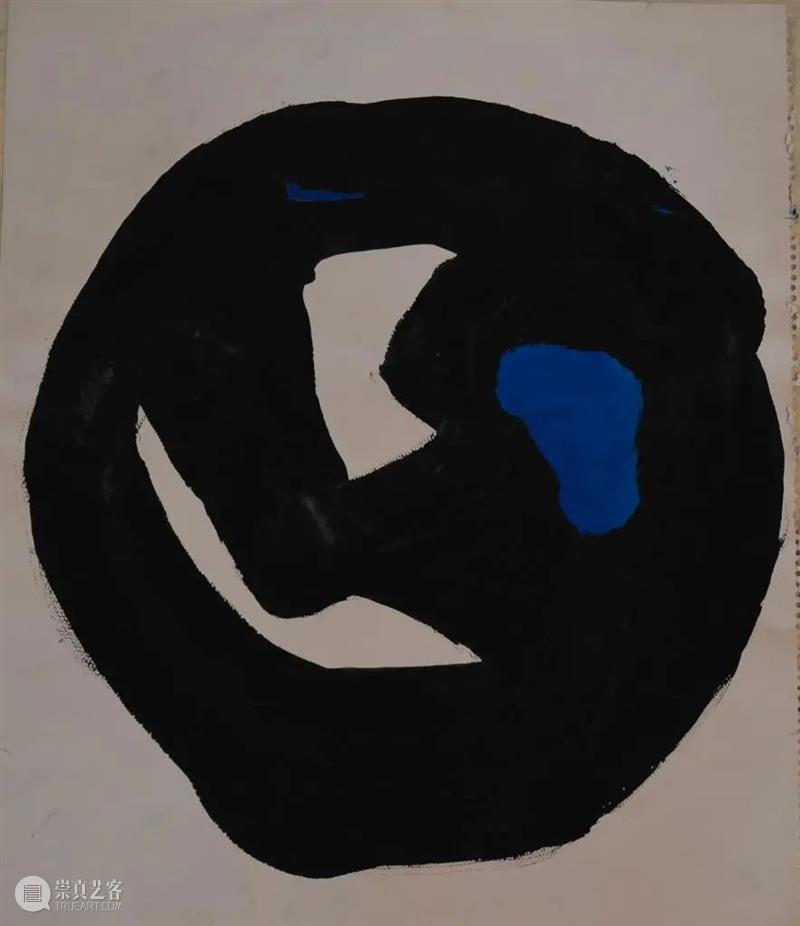
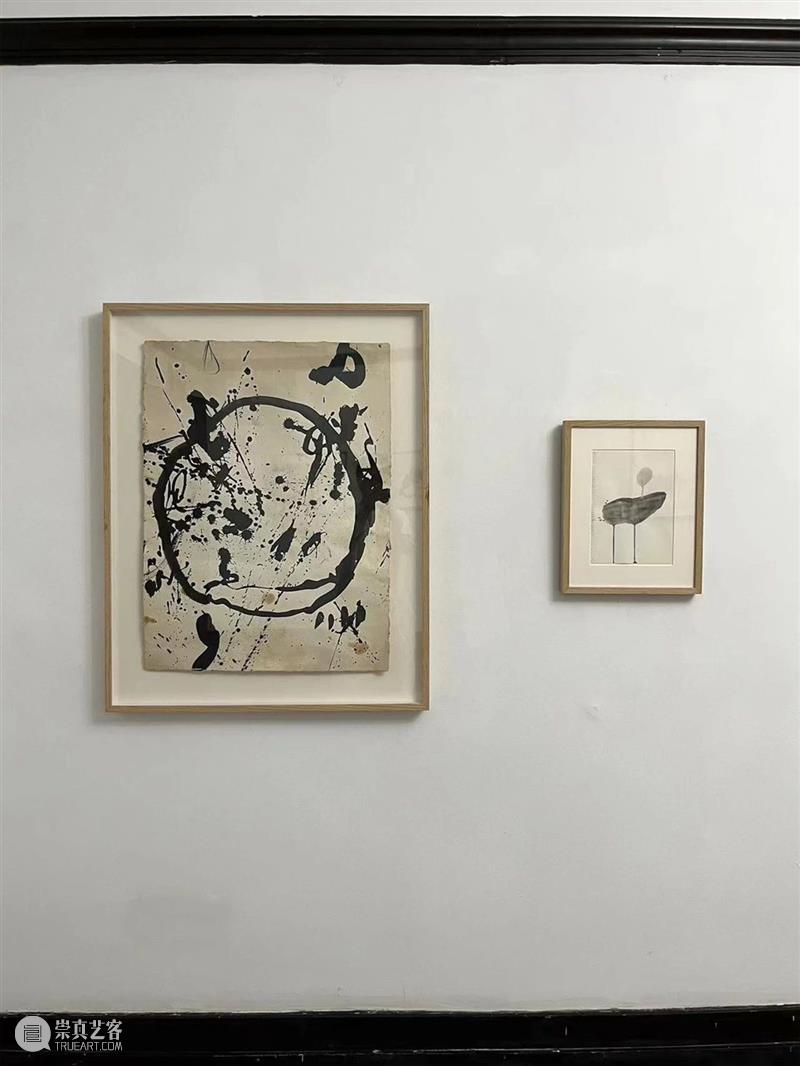
堀尾贞治作为具体派最年轻的成员之一,1966年加入具体派,在具体派前卫精神的基础上,坚持数十载地进行实验性艺术。他也是现代神户行为艺术的先驱。堀尾的创作强调速度与过程,解构以作品为核心的理念,他透過作品鼓励我們欣赏平凡的事物,珍惜每一个不可复制的时刻。他使用各种材料,如金属碎片、木头、石子作为绘画的间接工具,在画布上留下一个个独一无二的痕迹。他经常说,要达到同样程度的自发性,艺术家的心灵必须能够恢复到真正的、孩童般的奇妙状态。
As one of the youngest members of the Gutai, Sadaharu Horio joined the Gutai in 1966. Based on the avant-garde spirit of the Gutai, he persisted in performing experimental art for decades. He is also a pioneer of modern Kobe performance art. Horio's creation emphasizes speed and process, deconstructing the concept of taking works as the core. Through his works, he encourages us to appreciate ordinary things and cherish every moment that cannot be copied. He uses various materials, such as metal fragments, wood, and stones as indirect tools for painting, leaving unique traces on the canvas. He often said that to achieve the same degree of spontaneity, the artist's mind must be able to return to its true, childlike wonderful state.

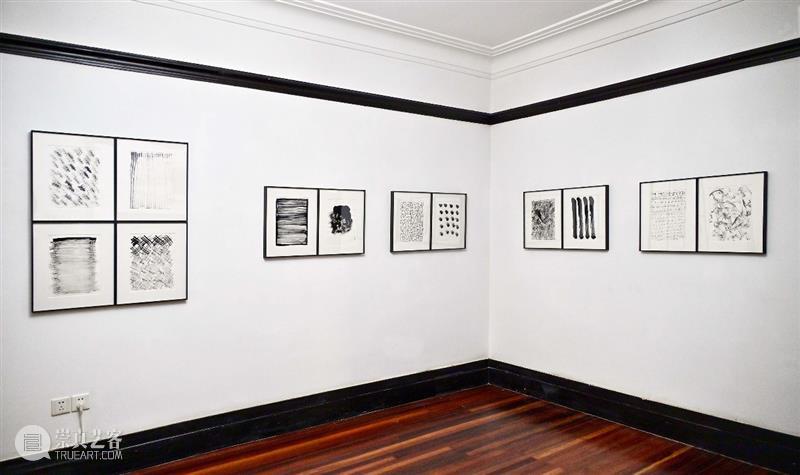


展览《手绘》展开了一张二战后抽象绘画探索道路中的特殊图谱,在欧美之间的争先恐后的同时,我们看到了欧洲与亚洲的艺术家们却在热情为彼此提供养料,携手共济,在艺术史写下精彩的故事。
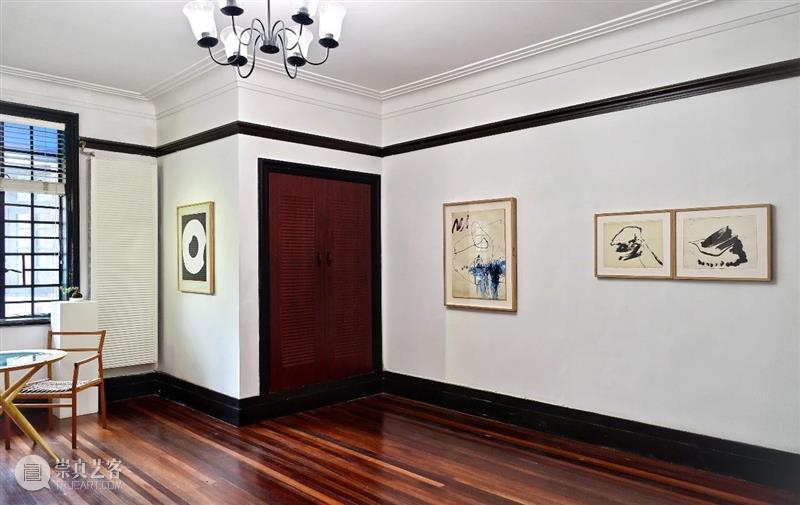
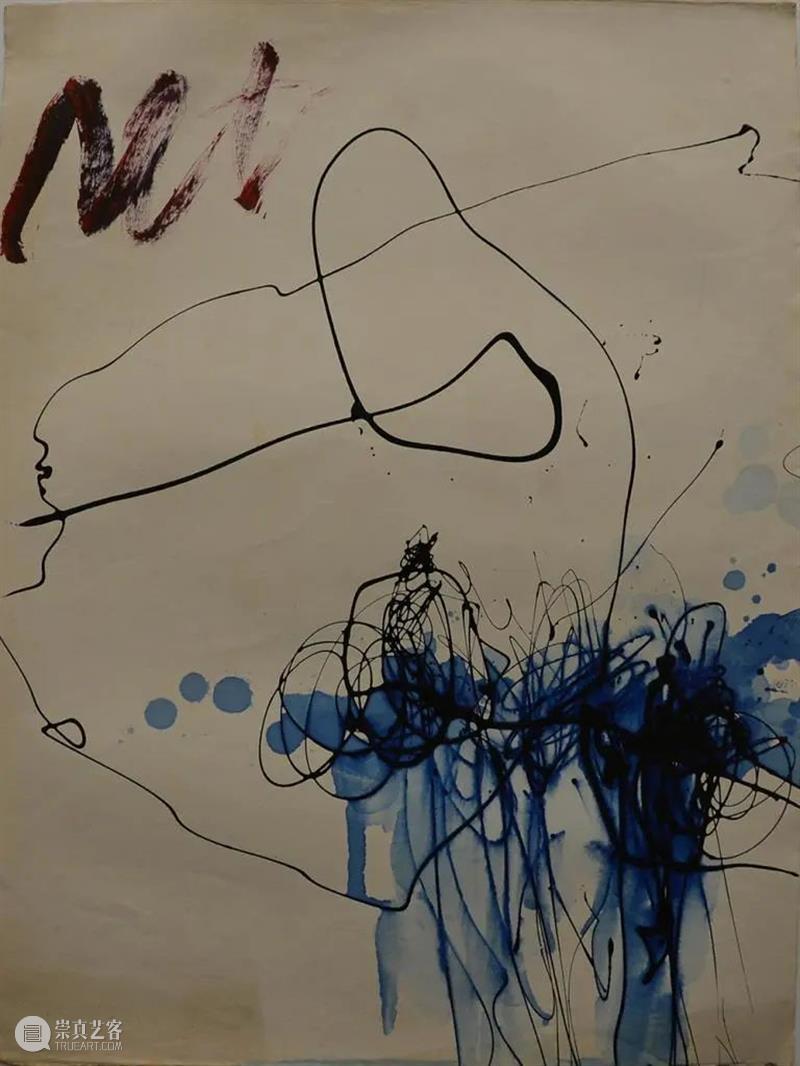
“手绘”作为精神外化的通过身体动作的创作,艺术家们需要扫除障碍、毫无限制地表达自我,接近于“写意”中的“写”,情之所至,直抒胸臆;身体变成管道,精神的超越性跃然纸上,呈现“之间”的哲学:余白与实在之间,秩序与混乱之间,动作与内心之间,物与精神之间等,这些关系看似对立,却可从容,艺术家如行走在平衡木上的杂技演员平衡着的介于两者之间的优雅。
"Drawing" is a creation through body movements that externalize the spirit. Artists need to remove obstacles and express themselves without limitation, close to "writing" in "Xieyi", when the emotion has reached the extreme state, which expresses the feelings directly; the body becomes a conduit, and the transcendence of the spirit emerges vividly on the paper, presenting the philosophy of "between": between void and substance, between order and chaos, between action and interiority, between matter and spirit, etc. These relationships seem to be opposites, but they can be sedate, the artist is like an acrobat walking on a balance beam, balancing the elegance between the two.
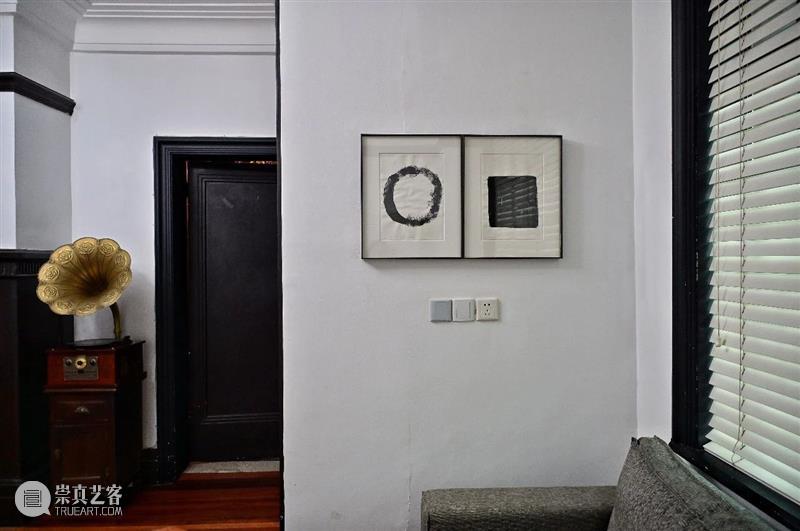
▾▾▾
Drawing
11:00 - 19:00 周一闭馆 Closed on Monday
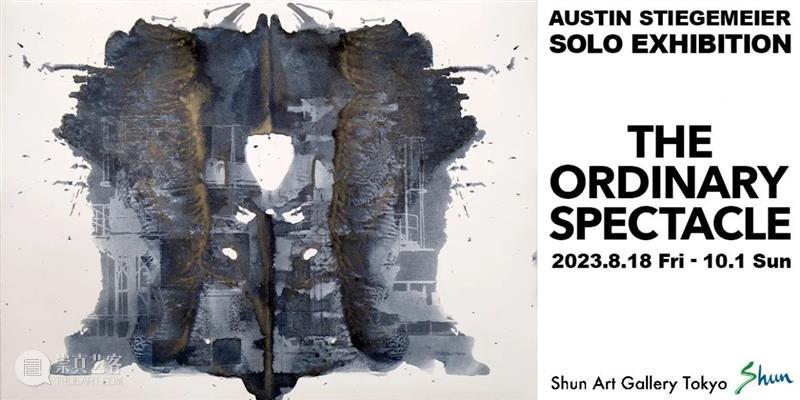
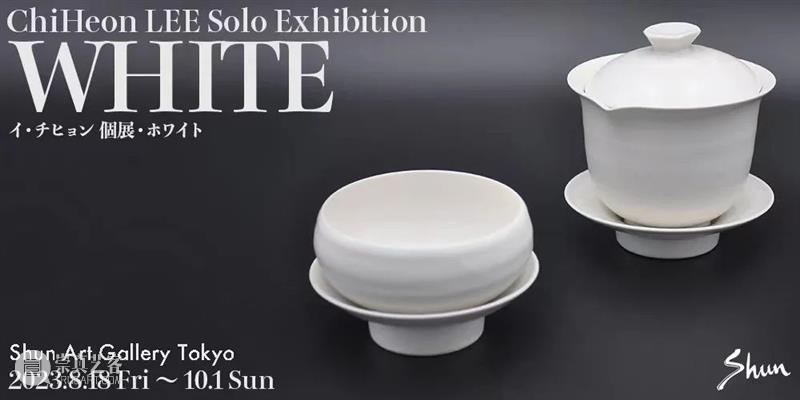
WHITE
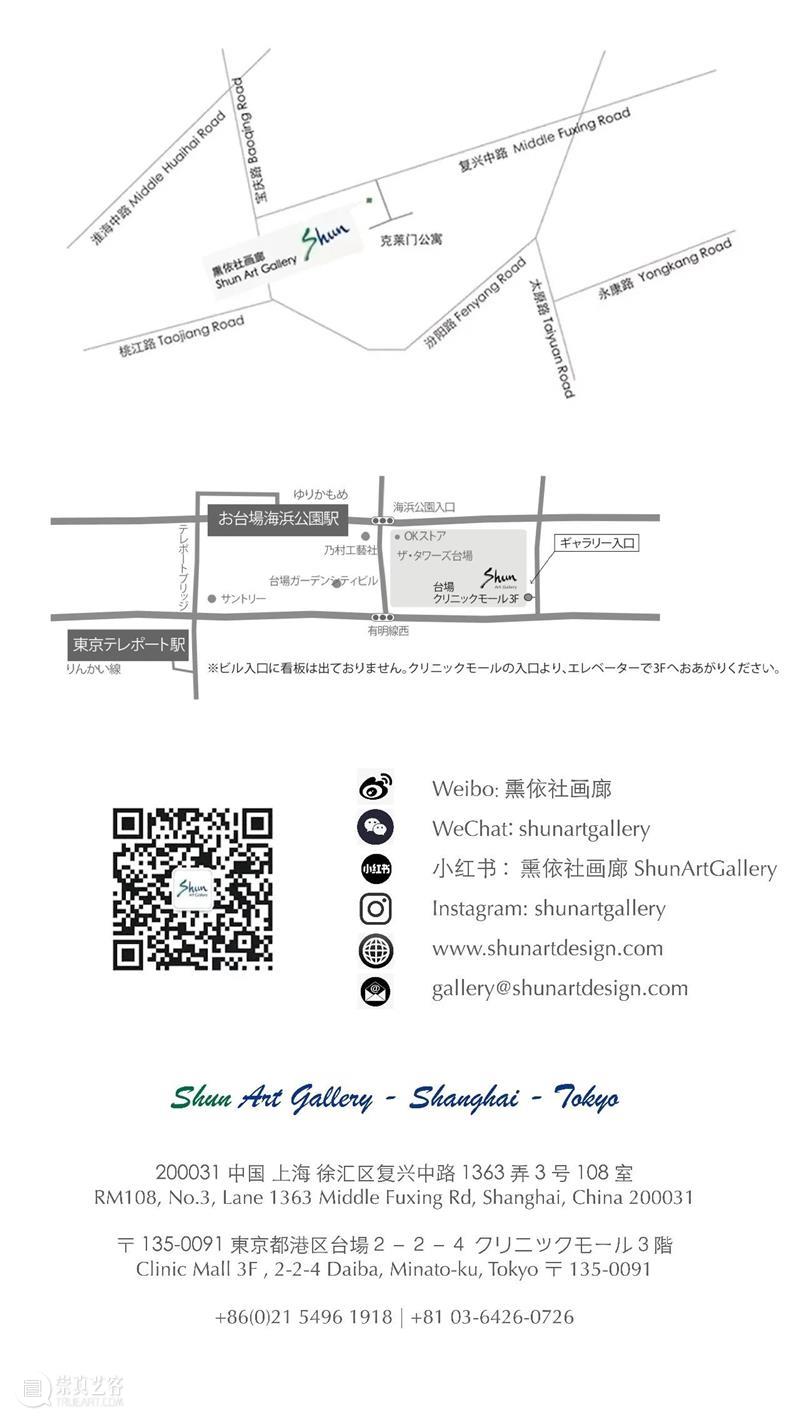


已展示全部
更多功能等你开启...






 分享
分享